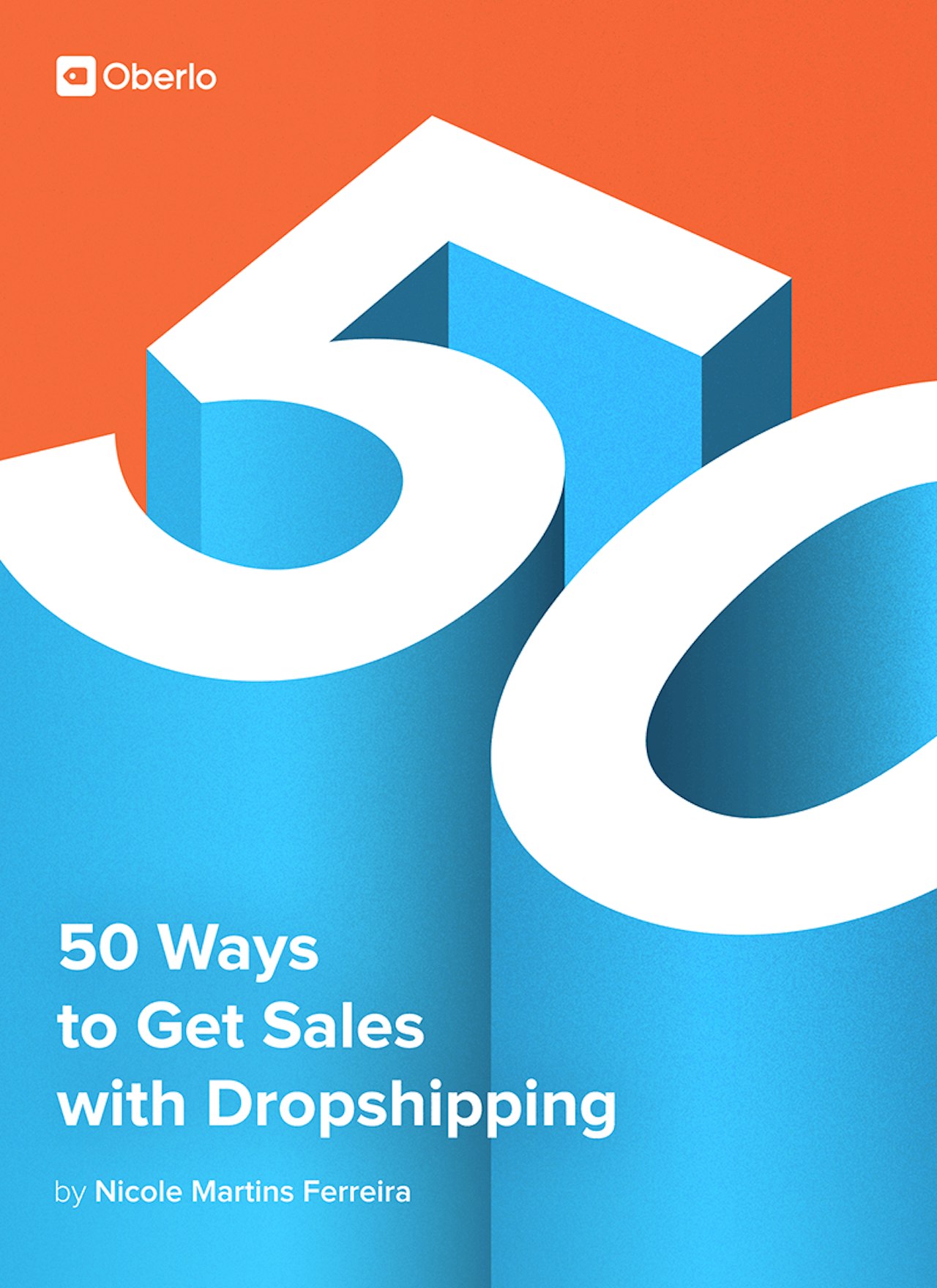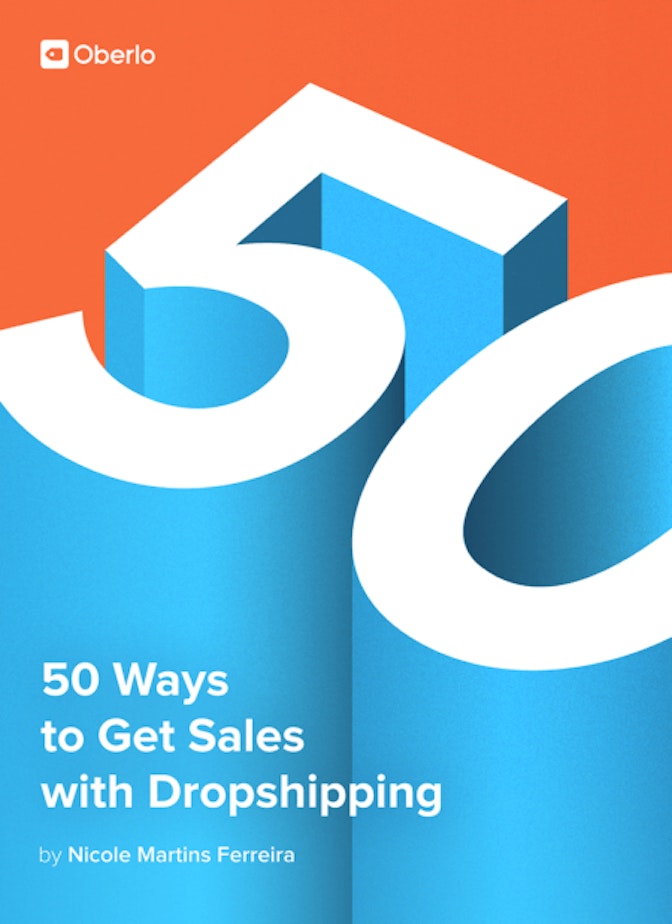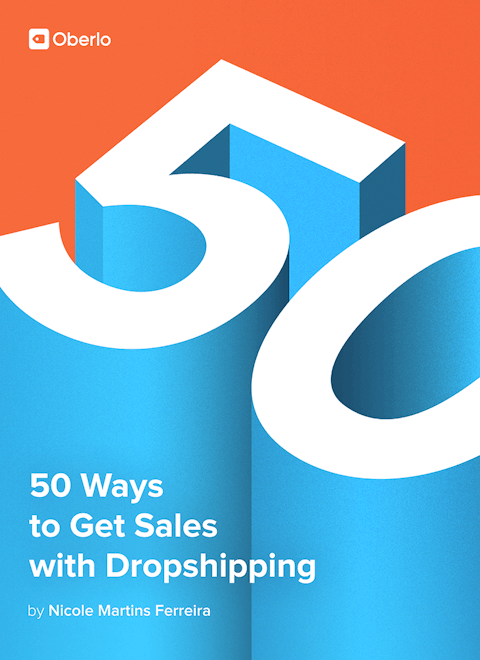Podcast listening has had steady growth of about 10-20% each year with over 51% of Americans having listened to a podcast at some point.
Podcasts are a form of content marketing. If you’re camera shy or don’t have strong writing skills, you may choose to build your audience with a weekly podcast, though daily ones are more likely to grow fast. As with other forms of content marketing, the goal is to provide value to your listeners. Podcasts work well for non-visual niches. For example, you probably wouldn’t teach makeup tutorials this way. However, if you sell a productivity journal online, you might focus your weekly podcasts on the topic of productivity.
Podcast Example: Of a Kind is one ecommerce brand that has created a standout podcast. Their podcast includes episodes on their top product picks, dating, how to make jewelry and more. The company’s two founders run the podcast together. Occasionally, they have special guests.
A podcast might not be profitable in the traditional sense. However, it helps humanize the brand. It’s also a great way to find new customers who might not have heard of your brand. Talking about issues or topics that affect your target audience can help liven up your podcast. It’s not meant to be a sales pitch.

Podcast Hosting Tips:
Your podcast should be centered around your niche. If you sell fashion, you might have a podcast about celebrity fashion, trends or what to wear for special occasions (date night, Valentine’s Day, etc). Or if you sell backpacks, you might have a podcast about travelling. Remember: the podcast doesn’t need to be product specific it just has to be relevant to your niche.
Decide the format of your podcast. Do you have a co-founder or employee you can do the podcast with? Or you could do an interview with experts from your niche if you run your business alone. How long will your show typically be and how often? Do you have the resources to have a daily podcast? Or is a weekly podcast more manageable for your team?
Batch your podcast episode production together. Most podcasters release a new episode each week but they don’t record them weekly. They may have one day where they record several episodes. They then spend a few days editing those episodes. And they add a finished episode each week having optimized their time effectively. Be sure to commit to the schedule you start with. This will allow listeners to expect your podcast at the same time each week.
Promote your podcast. You might include podcast episodes on your blog so people can listen to it directly on it. Feel free to include a written transcript on your blog too for those who’d prefer to consume the information that way. You can hire someone on Fiverr to transcribe podcasts affordably. Add your podcast to iTunes and other aggregators like Stitcher so that you can tap into the audience on that platform so you can reach more than just your customers. You might even create a Facebook group or community for your fans to have conversations about your niche, get ideas for podcast topics and promote your content to. Don’t forget to ask listeners to rate and review your podcast to get more eyes on it. It’ll help give your brand more social proof.
Focus on building relationships with your listeners. Even if you don’t have high listening stats, you’ll want to strengthen your relationships with people who listen each week. Whether you get an email or a question on social media, get to know what they’d like to hear more about on your podcast. The better you serve your audience, the more likely they are to keep tuning in.
Be mindful of sounds. Whether it’s about adding intro and outro music or the sounds in the recording room, listeners will notice them. Have pets and children away from your recording studio. Use soundproofing if necessary. You might also want to add sounds throughout your podcast. For example, if you have a meditation podcast, you might add calming wave sounds to your podcast to relax your listeners.
Before you record your first podcast, rehearse. Have a list of questions and topics that you’ll talk about. Record your first conversation with your co-host and listen to the playback together. After you’ve recorded a few podcasts, it’ll come across naturally. But rehearsing when you’re new allows you to practice what to say, what not to say and you’ll see the areas you need to improve on.
At launch, you’ll want to have a few episodes available for immediate streaming. This helps drive more downloads to your podcast as your listeners will likely download all of them. Whereas only having on podcast keeps your downloads limited to the number of listeners you have. People excited to hear your podcast will likely be most excited at launch which will help give your brand more traction with it. It also makes your podcast seem less ‘brand new’ to those who stumble on it.
If you recommend links or websites on your podcast, be sure to add them all to your blog. This allows your listeners to find all the resources you mentioned in one convenient place. It also drives traffic to your blog with each listen.
Podcast Hosting Tools:
Audacity is a popular podcasting tool that allows you to record and edit your podcast. The tool is free making it a great choice for those starting out as it’s open source.
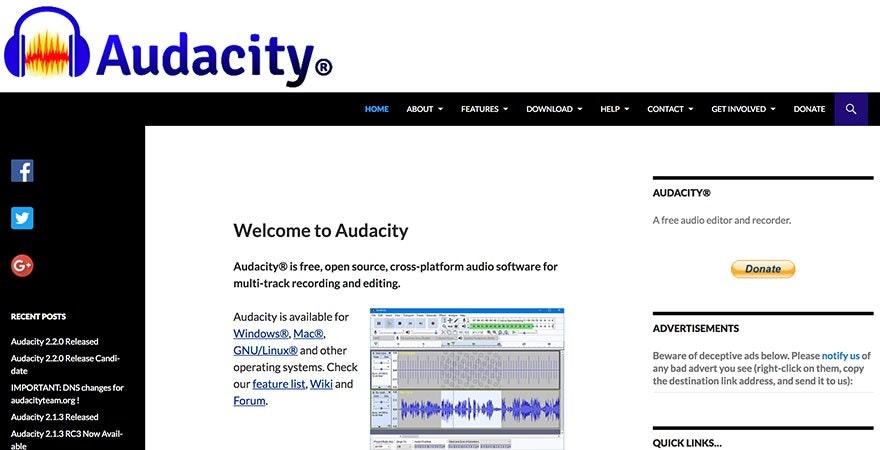
Skype is a great podcasting tool you can use if you’re hosting with someone from a different location. You need to make sure your mics are on and you need to have both people open Audacity so that it records both of your voices. On Audacity, you need to set your guest’s settings to Stereo Mix whereas your settings should be on your external mic.
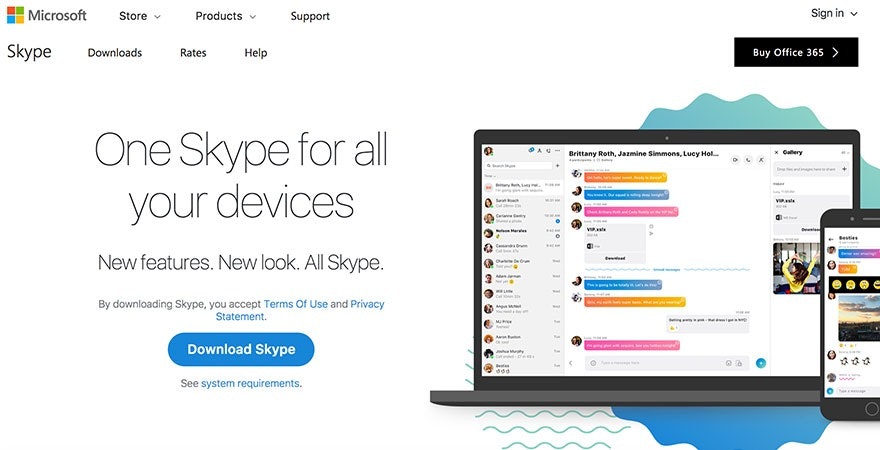
Facebook Live is great if you want to livestream your podcast. This is great for those of you who want to reach an even bigger audience. With Facebook Live, you can tap into your audience who want to watch the conversation. You can then take the audio and add it to your iTunes. And you can have a written transcript of it available on your blog. That way your content gets repurposed in three different ways to grow audiences from different channels.
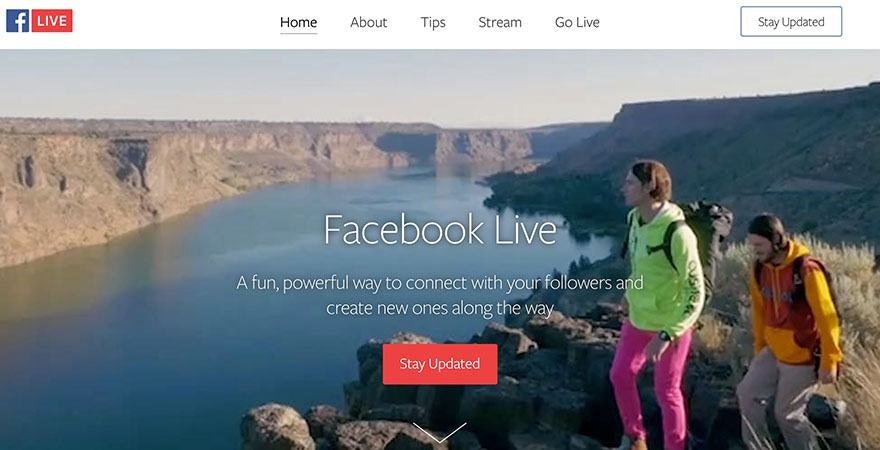
Auphonic is a post production podcasting tool that helps balance the levels of various sounds whether it’s your speaker or music you’ve added. It also helps reduce hum sounds and more.
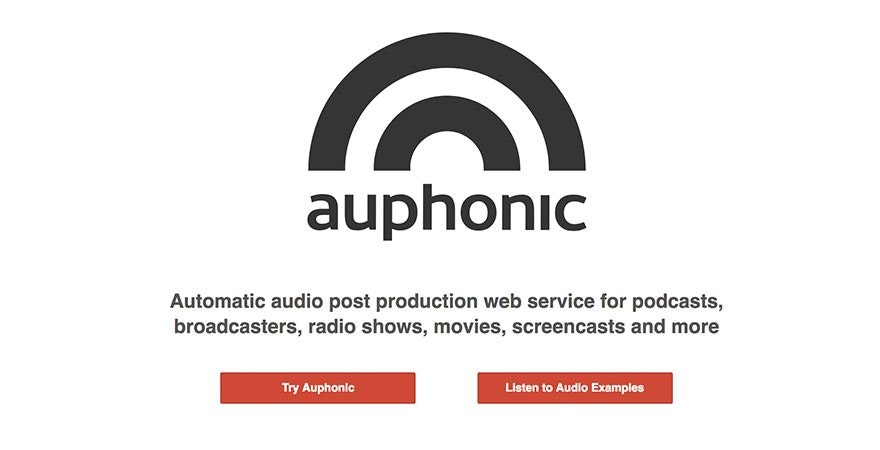
Free Sound is where you can find free sounds. It’s like a Creative Commons sound database which is perfect for those on a shoestring budget.
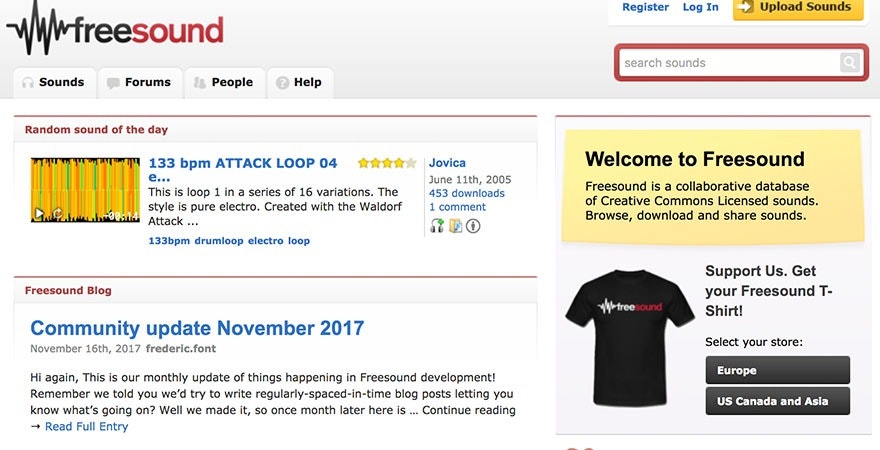
Blue Yeti is the external microphone most podcasters recommend. The $129.99 microphone fits within most budgets while providing high quality sound. You’ll want to add a pop filter with your microphone purchase for an even crisper sound.
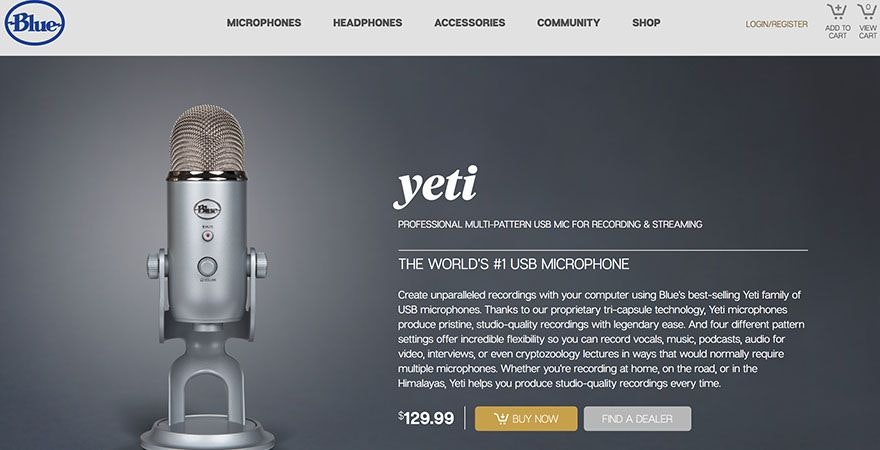
Audio Jungle is the source for audio sounds and music. If you’re planning on creating your own intro, you’ll likely want to purchase the rights to stock music or sounds for your podcast.
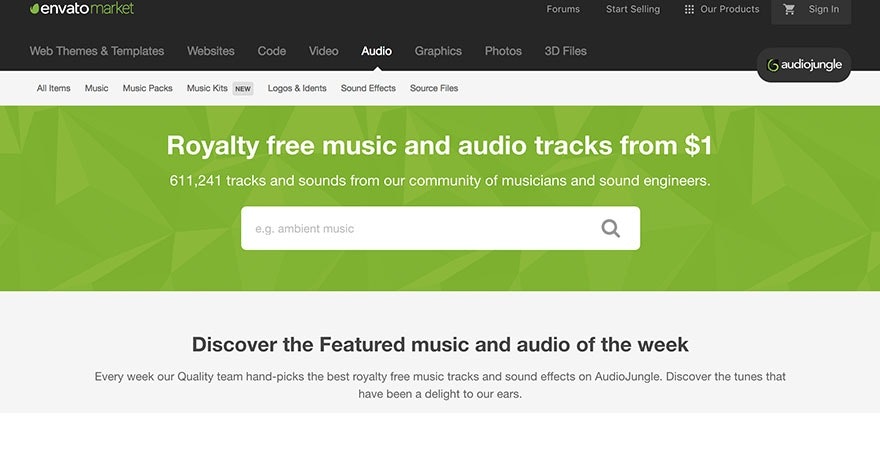
Podomatic is where you can host all your podcast episodes. The tool syncs up with iTunes and Google Play so you can have your podcasts on those platforms. They also have an analytics feature so you can view data on your listeners such as where their from and their level of engagement. With this tool you can also embed your podcast on your website.
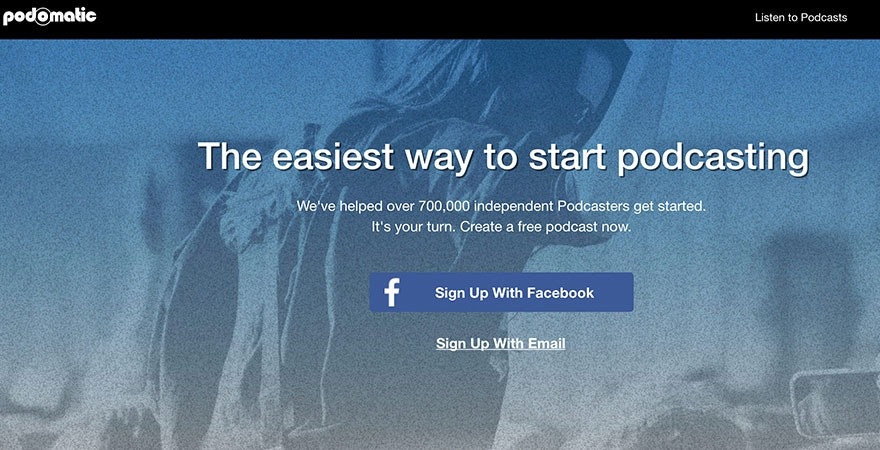
Garage Band is a tool you can use to edit your podcasts. You might edit out pauses or moments where your words stumble. You can also add your intro and outro music to your podcast in an editing tool.
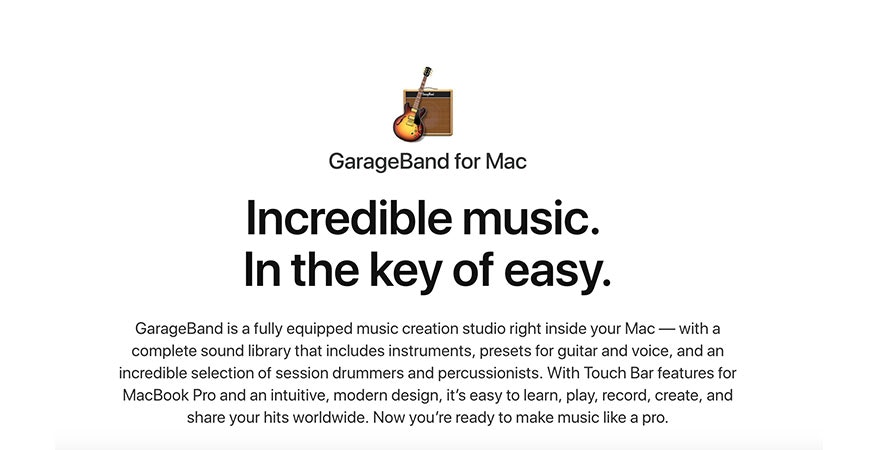
Smart Podcast Player is Pat Flynn’s podcasting tool. It’s specifically designed to encourage binge listening from your listeners to keep them on your website even longer. It allows you to capture emails, customize the look, encourage social sharing, and more.
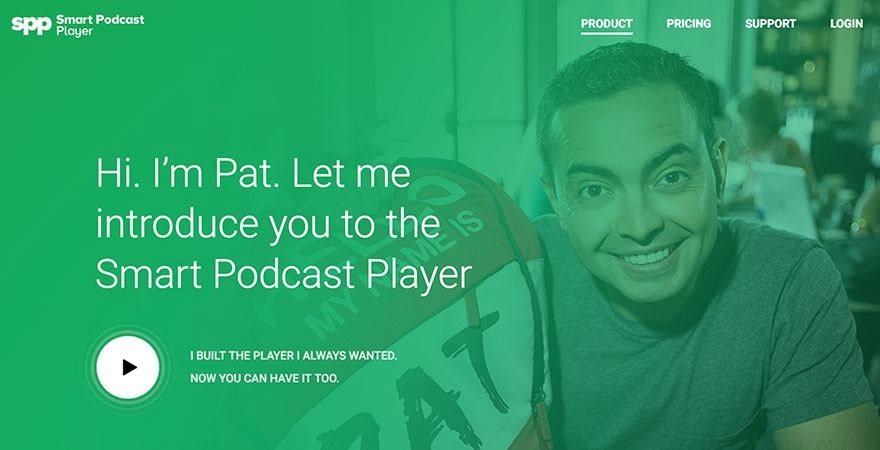
Calendly is a tool you can use to schedule appointments. If you host interviews with new guests each week, you might use this tool so that they can find an available time within your calendar without having to email you back and forth.
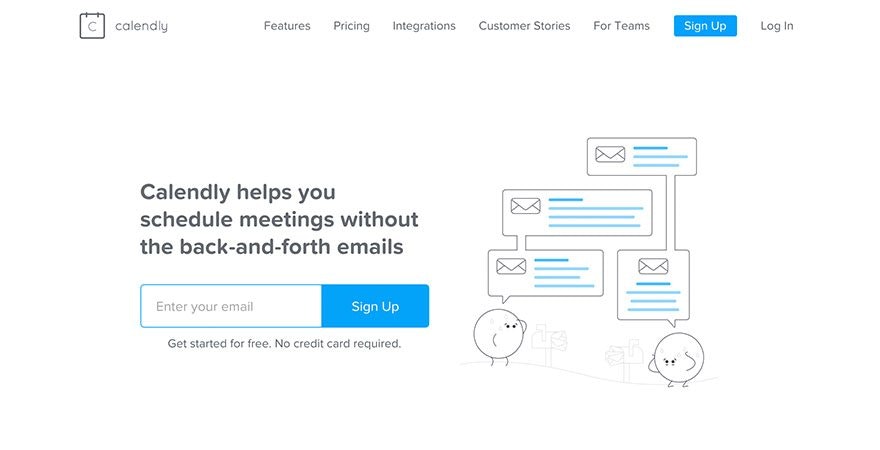
iTunes Connect is where podcasters log in to submit their podcasts on iTunes.
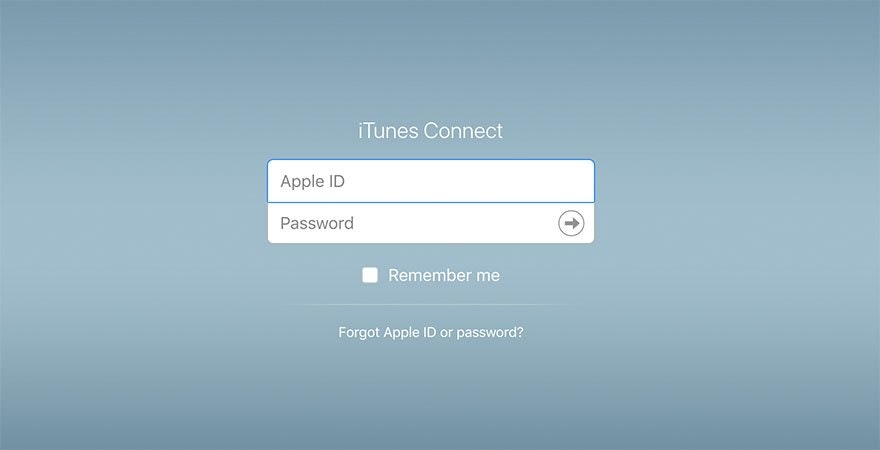
Resources on How to Start a Podcast:
How to Start a Successful Podcast (For Under $100) covers how podcasting works, why you should start a podcast, what you need to get started and how to record your first episode.
The Top 30 Business Podcasts to Listen to Now includes 30 business podcasts that you should be listening to. While you can use these podcasts to learn more about how to be a better entrepreneur, you should really focus on what these podcasts have in common. What separates the best podcasts from the good ones? Try to find the commonalities from the best podcasts so you can create a top rated podcast.
How to Start a Podcast: Pat’s Step by Step Podcasting Tutorial dives into Pat Flynn’s personal experience with creating a podcast and the impact it’s had on his business. His podcast has had over 37 million downloads which makes this podcasting tutorial worth checking out.
